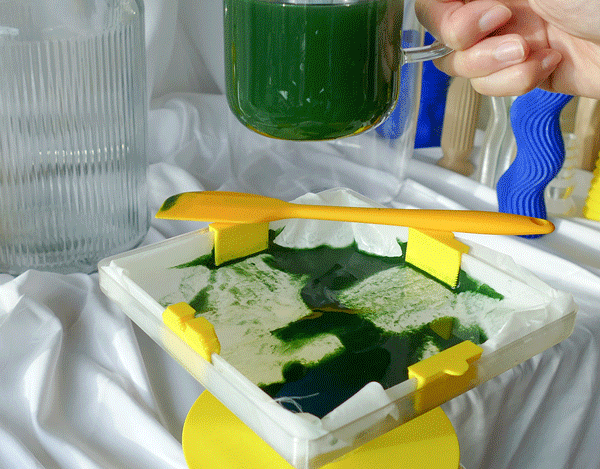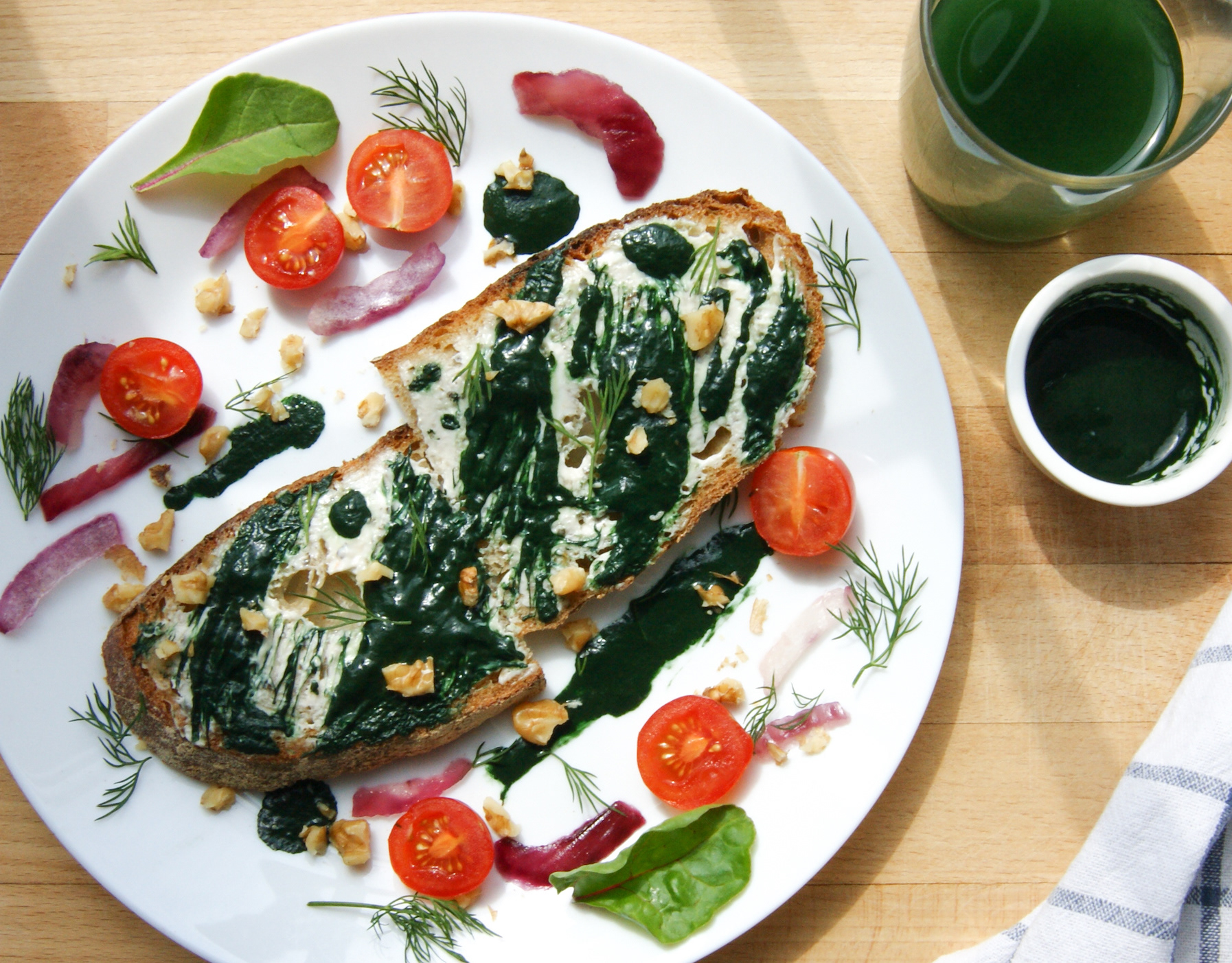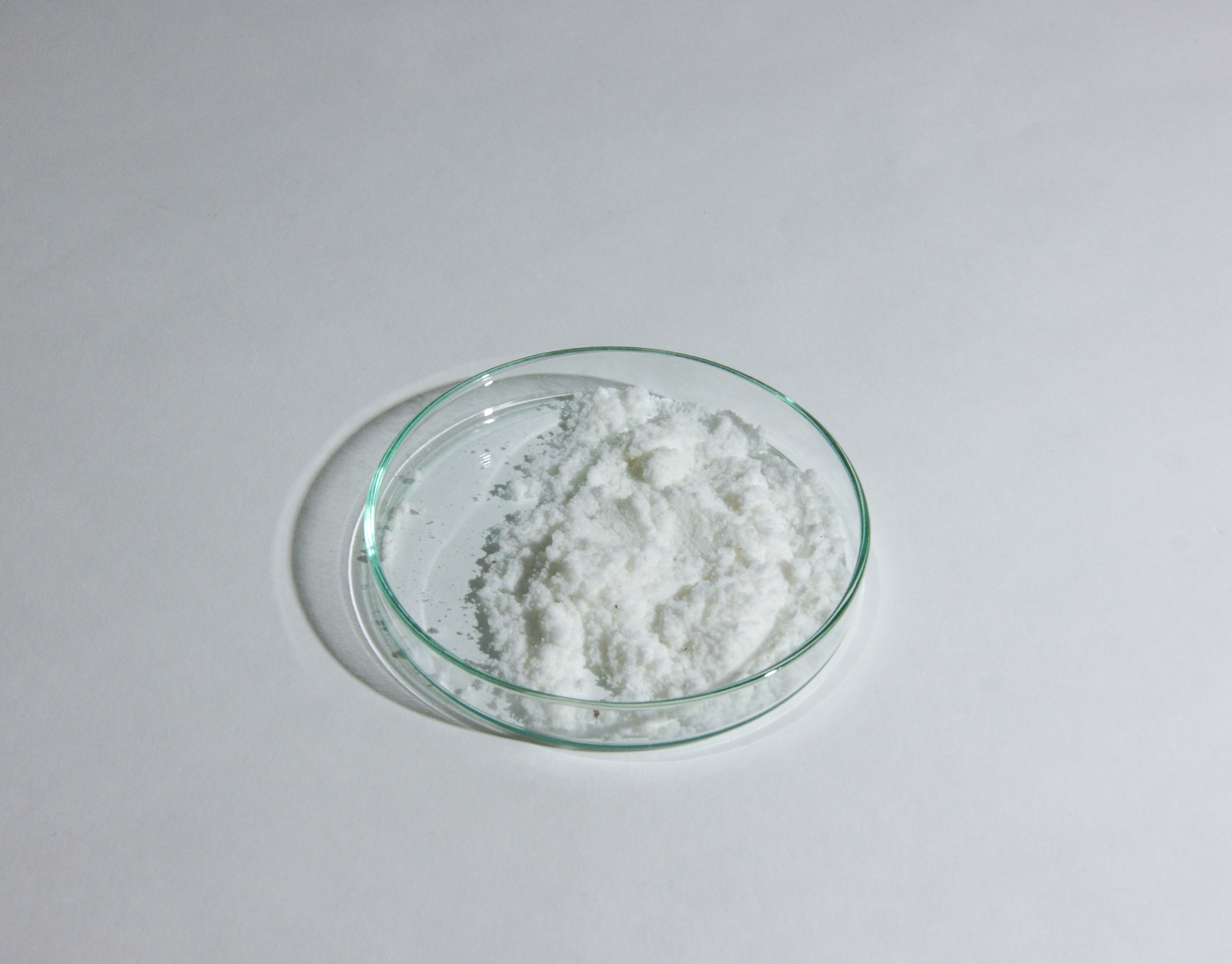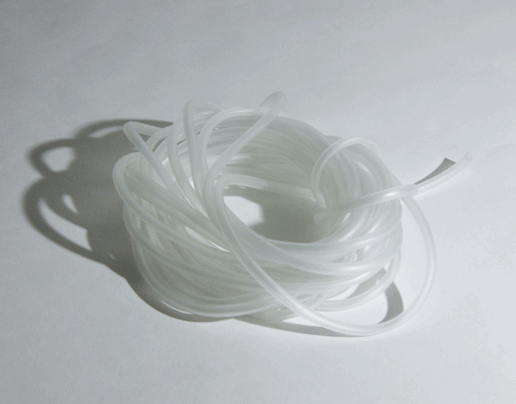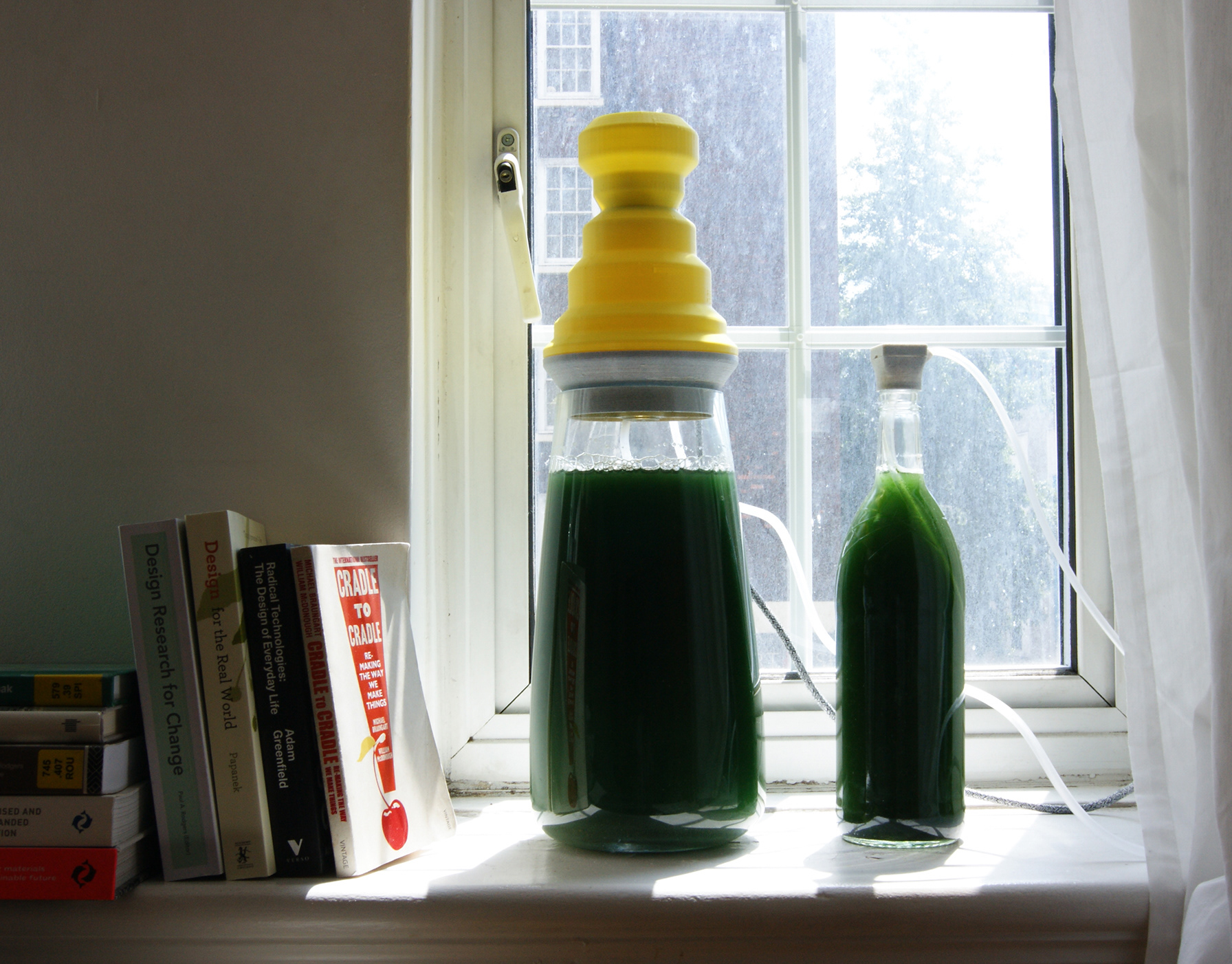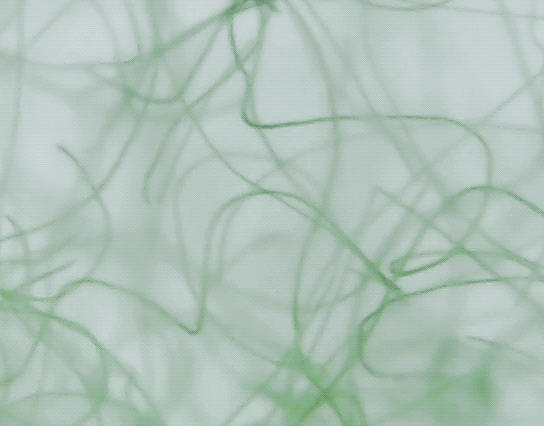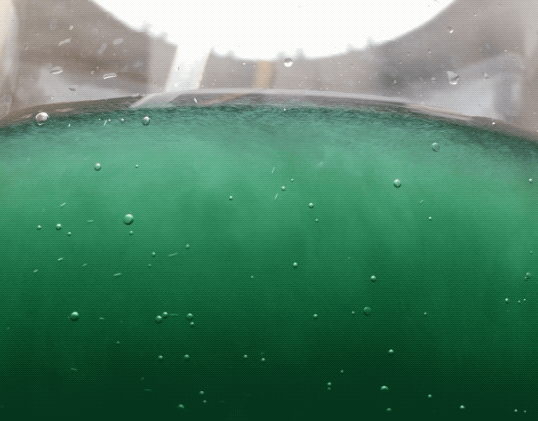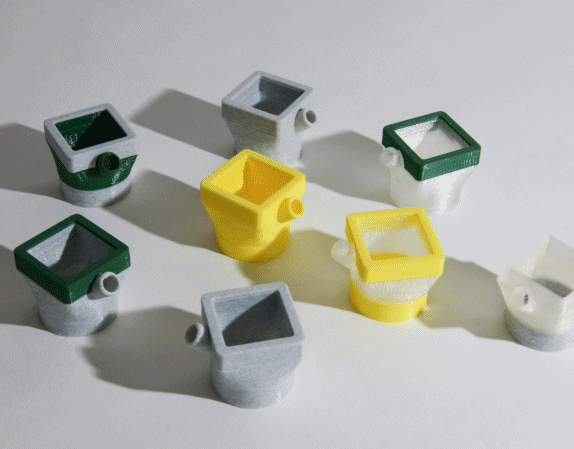Hello and welcome to the How-To section! I'm Anya (creator of Spirulina Society) and I will guide you through each step based on the research and personal insights. Let's get started!
1 How to Choose Containers
1.1 Think of the Desired Amount
Recommended daily amount of fresh Spirulina is 7-20 grams but you can consume more or less!
The basic rule is that you should harvest 1/4 of your culture medium. The chart below will help you estimate the volume of the containers (can fluctuate depending on the growing conditions).
So for example, if you wish to harvest 10g of Fresh Spirulina you should pick a container for the harvest that has a capacity a little bit more than 3L (to leave some room/prevent overflow) and with the cultivation container, aim for ones that can hold slightly more than 12L for similar reasons.
1.2.1 Understand Cultivation Containers Criteria
Spirulina doubles its biomass through photosynthesis. For optimal growing conditions, you need maximum light exposure. The best containers:
• Transparent → great for light entry, as well as Spirulina colour inspection.*
• Have a large surface area → more light exposure!
• Glass (no toxic leakage) → avoiding chemical leakage from photodegradation of toxic materials such as PVC, Acrylic, PET, etc.
• Cylindrical shape → as agitation* helps to circulate the culture to gain light exposure, round edges allow better water flow. No corners means less stagnant areas, therefore less dead Spirulina!
*In-depth information is available to learn more in the last step (How to Maintain).
1.2.2 The Difference between Cylindrical and Non-cylindrical Containers
While high-volume, non-cylindrical containers such as fish tanks are are widely used and recommended by Spirulina experts, they have their drawbacks:
• Heavy/bulky → hard to transport and clean.
• Take up more space → not suitable for small living spaces.
• Large top surface → more electricity and upkeep.
• Less light penetration → large volume creates deeper/darker areas.
• Less effective circulation → as stated above about round vs sharp edges.
• Eyesore → yes aquarium is robust but the box shape is pretty dull, isn't it?
While the upsides of cylindrical shapes are simply the opposite of their counterparts:
• Light/agile → easy to transport and clean.
• Take up less space → great for small spaces.
• Small top surface → less electricity and upkeep.
• More light penetration → small volume creates less deep/dark areas.
• Effective Circulation → as stated above about round vs sharp edges.
• Decorative → you can simply use a tall vase as a container.
1.3 Consider Whether You Need Spirulina Society's Products
If you consider aesthetic and want something ornamental in your domestic space then this is the right place for you. Spirulina Society proposes tools as products where the lids act as decorative and ambient lighting. If you don't really care about how it looks (good for you!) then please feel free to adapt to anything else however you like.
Apart from the lovely aesthetic, the products were also designed to prioritise functional aspects such as:
• Providing artificial light at the optimal spot.
• Ease of use (lifting/closing the lid).
• Preventing contamination from particles/insects.
• Cleaning/harvesting with less mess.
I believe you can always find alternative ways that work best for you. So with or without Spirulina Society's products, you can still cultivate but the experience will be different, that's all.
Alright, let's move forward! For those of you who are interested in using Spirulina Society's products, keep in mind that the lids only fit with a vessel with a circular top (examples below).
Figure 1
Figure 2
The lids cover the containers with no less than 10cm and no more than 15.6cm
1.4 Choose Cultivation Container [figure 1 - top left]
• Wide neck vase or dispenser, top diameter no less than 10cm (reachable to the bottom → easy to clean).
• Desirable design in relation to the criteria above. Aim for cylindrical shapes.
• Volume based on the estimated amount of Spirulina uptake.
• Measure the inner diameter of the chosen vessel correctly/precisely → this is very important as it determines the size of the lid you're getting.
If shopping online, *please note that the diameters in the description are often referred to the outer diameter.
1.5 Choose Harvesting Container [figure 1 - bottom right & figure 2]
• Bottle neck vase, 4.5-11.5cm mouth → easier when pouring (doesn't have to be completely clear/colourless). Any shape is fine.
• Repurposed beverage bottles (2-5L) either plastic or glass.
Note: Using a plastic bottle as a harvesting container is fine because, unlike cultivation vessel, you don't expose it to the sunlight and Spirulina doesn't stay here. In my opinion, this is probably better than glass if you don't consider the aesthetic → glass: prone to break, not robust to wash every day (but if you're not clumsy like me please go for the beautiful vase).
• No need to measure the inner diameter of the chosen container because the harvesting funnel fits with any diameter range with the maximum of 11.5cm.
• Correlation with cultivation container's height.
(see examples below)
→ Vase: if you plan to put cultivation and harvesting containers on the even surface, you need to consider the height difference because the syphon method won't work if the position of the harvesting funnel is higher than the water level, under the pull of gravity. [figure 3]
→ Dispenser: you don't have to syphon because you have the valve, that's great! But now the height difference will have to be pretty extreme.
Figure 3
Figure 4
Don't worry if you couldn't find the ones with suitable height, there are alternatives such as using stool/chair/low table/drawers etc. It's time to be creative!
Note: On figure 4, there are clumps of Spirulina on the edge of the vessel, normally Spirulina doesn't stick to the edge unless it's overgrown and there's no harvesting activity for a long time. In this case, I left the vessel unharvested for over a month because I was focused on my graduation!
1.6 Choose Backup Container
It is advisable to have a backup culture in case something goes wrong with the main container.
• Beverage bottles from 750ml to 2L.
• Opt for glass, not plastic → similar reasons to the cultivation container criteria. (1.2)
• Opt for ones that have standard thread size (28mm) → fitted with Spirulina Society's threaded lid.
• Use repurposed ones → keep your own favourite drinks or ask flatmates/family to keep theirs for you.
Tips on How to Shop Responsibly/Sustainably
• Physical shopping is recommended so that you can precisely measure the inner diameter of the mouth to fit the lid (also reducing carbon footprint if shopping locally).
• Avoid delivery if you get small containers → I purchased most of the containers shown in the image above [figure 1] on foot, I live nearby the stores and have a nice backpack/tote bags :)
• Aim for local & small businesses (not big brands) → ask the seller or check on their 'about' page whether the products were manufactured locally, if not shown just ask them via email. For example, I'm based in London, so I'm looking for the 'Made in UK' tag only.
• Aim for second-hand containers at flea markets or via Gumtree/eBay (via collection only).
Note: I personally think using petroleum-based plastics with critical awareness is okay as long as it's not single-use.
Message from the Creator
I know this part is a bit long, hang in there, the next ones will be less intense. I'm also working on a series of descriptive videos for each step for those who aren't fond of reading.
Let's proceed, shall we?


